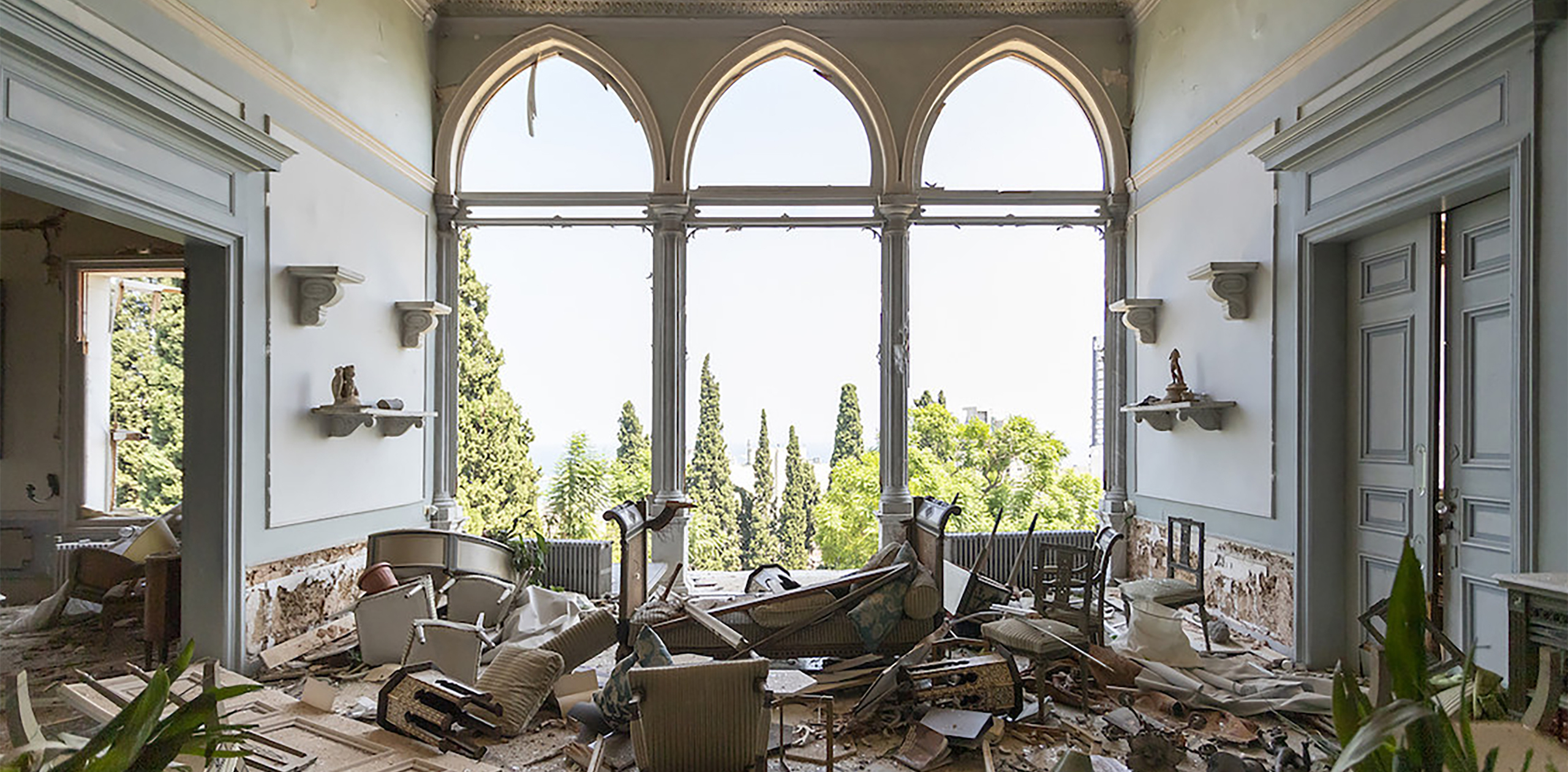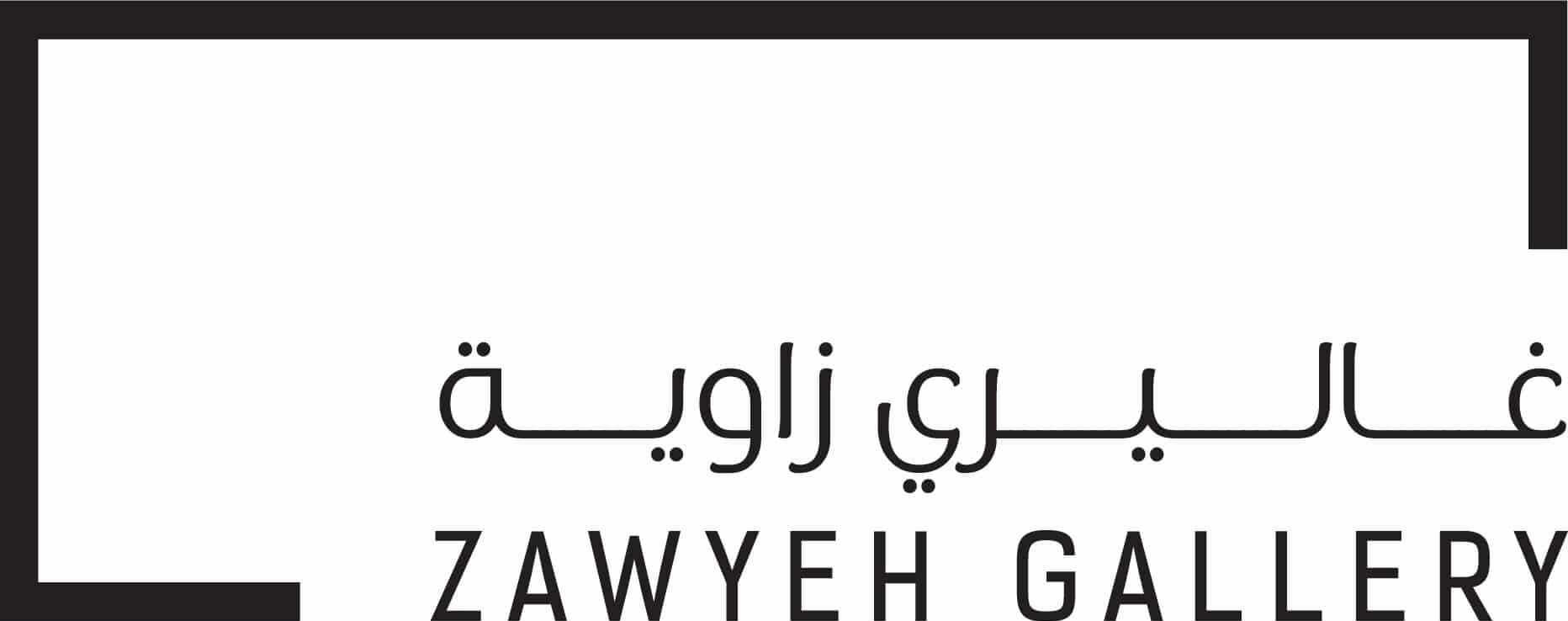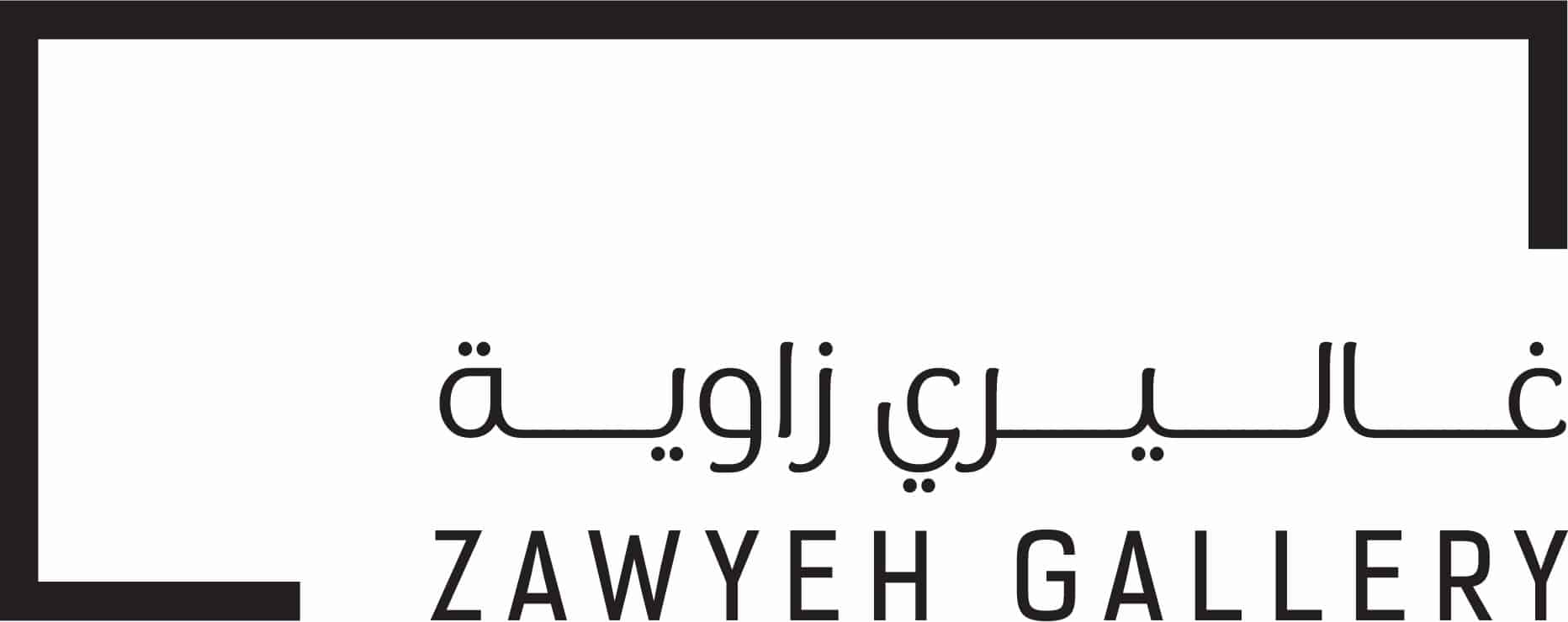
11 – 13 March, 2022
Art Dubai 2022
Reframing Beirut Dia Mrad
Location: Dubai Booth F8
Zawyeh Gallery is pleased to present Dia Mrad, a young Lebanese photographer to Art Dubai this year. Mrad participates with a series of photographs titled Reframing Beirut, aiming to celebrate and document the physical history of the city by looking back at abandoned landmarks and neglected structures that once shaped its culture. The project is divided into two parts, one that is celebratory, focusing on the multi-layered history of the city latent in architecture, while the other reflects the devastation and negligence that threaten it.
Mrad, who comes from an architectural background, celebrates the city’s architecture from the Ottoman and French Mandate eras to the modern one, which boomed in the 1950s and 1970s just before the civil war started. He also documents the city’s historical buildings and the multi-layered cultural fabric, reflecting his understanding that architecture is a physical tool for transmitting cultural identity from one generation to the next.
His series of works study some of the architectural styles produced in Beirut under the French Mandate and beyond, which on the one hand, stood as a social phenomenon attached to the expansion of the bourgeoisie in the colonial era. On the other hand, it was a quest for a national style in architecture by the new developing state. In Murad’s photographs at Art Dubai, one doesn’t see the civil war past clearly, although it is still haunting the cityscape, yet a feeling of this painful past appears in the form of neglected and abandoned buildings. He shows how pivotal examples of the 1960s, a period that has produced some masterpieces in Beirut remain a living testimony to the richness of the city and its culture despite the buildings’ negligence.
Aesthetically, Mrad is drawn to the symmetry that seeps into aspects of Beirut’s buildings and old mansions. He stresses the repetitive geometric patterns and shapes resulting in a stunning consistent symmetrical arrangement by capturing immaculate facades, repetitive patterns of balconies, doors, and arched windows with intricate frames and railings. One could see the amazing palette of colors used to renovate a building like the Albergo hotel for example. He successfully reflects the inviting atmosphere that such structures create. Plants are also an essential element of his photographs, adding a lively touch on inhibited buildings or stressing the abandonment of the place. Yet, the architectural qualities of a building become more than repetitive arches or facades; they turn into elements that attempt to interact with the particularities of time and place. In this series, one feels a dialog is taking place between the past and the present of an affluent history of a city and a past full of turmoil and havoc.
In the aftermath of the 4th of August 2020 explosion, Mrad held his camera and wandered the streets, documenting how some old historic buildings turned into ruins. Devastation haunted the people as much as the cityscape. Broken ceilings, shattered windows, and doors with beautiful stained glass were part of the documentation. Photographs reveal colorful ornamentation and beautiful motifs on ceilings of damaged buildings and ruined furniture and interiors.
Mrad exhibits his famous haunting photograph of Gibran Khalil Gibran, which stood out in the explosion’s aftermath. Gibran appears from the interior wall that lost part of its roof as if looking through time to his devastated city. The remains of the enormous wheat containers on the port with their ghostly reflection in the water are part of the series as well the remains of a standing bare tree and flocks of birds on the dunes with their shadows reflected on the ruined wheat structure. They are all part of a story Mrad attempts to tell in this project.
Join our Newsletter
Sign up for our Newsletter and get all the latest news

